My newest initiative I’m very excited about. Please support it and contribute to it! Thanks!


My newest initiative I’m very excited about. Please support it and contribute to it! Thanks!
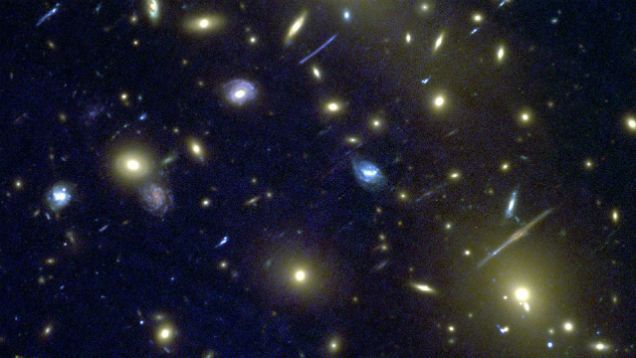
Researchers in the UK have developed a computer that can scan outer space and classify galaxy types on its own, without any human help. This image recognition AI could help develop robots that can “see” better on their own, possibly helping doctors spot tumors or airport security spot firearms.
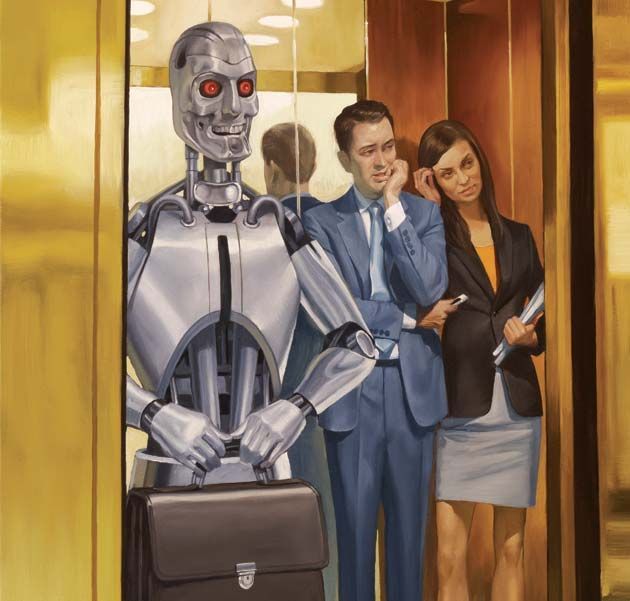
“The issue is that robots are really good at doing the same thing over and over again, but when a task calls for flexibility of any kind, it’s almost always easier to have a human do it.” Read more
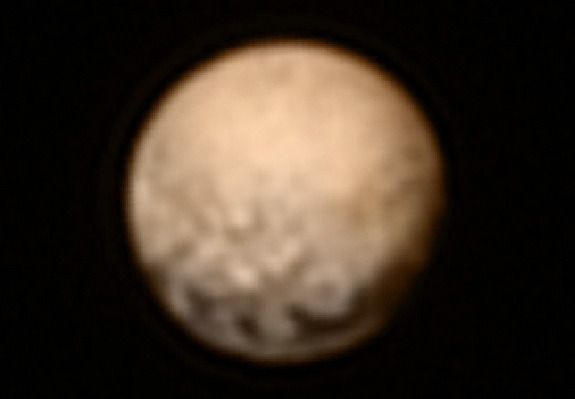
The images reveal a great deal of variation and complexity across Pluto’s surface — including the four large dark patches near the equator first spotted by New Horizons late last month. “This object is unlike any other that we have observed,” New Horizons principal investigator Alan Stern, of the Southwest Research Institute in Boulder, Colorado, said during a news briefing today (July 6). New Horizons captured the new photos last Wednesday (July 1) and Friday (July 3), shortly before suffering a glitch that sent it into a precautionary “safe mode” on Saturday (July 4).
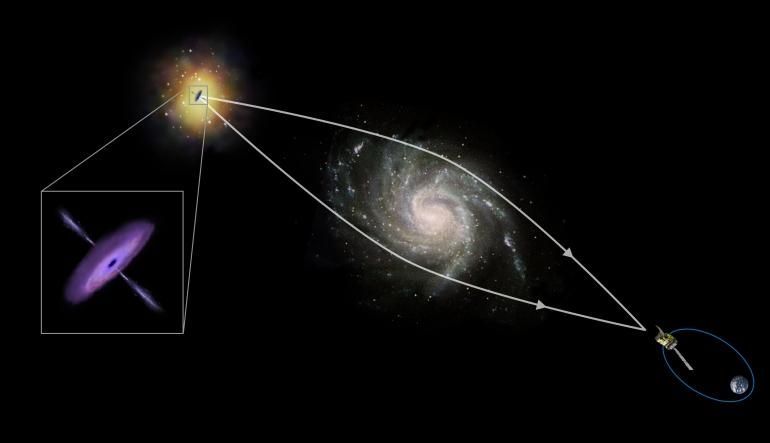
Researchers at the European Space Agency harness the natural lensing properties of cosmic gravity to get a closer look at a black hole.

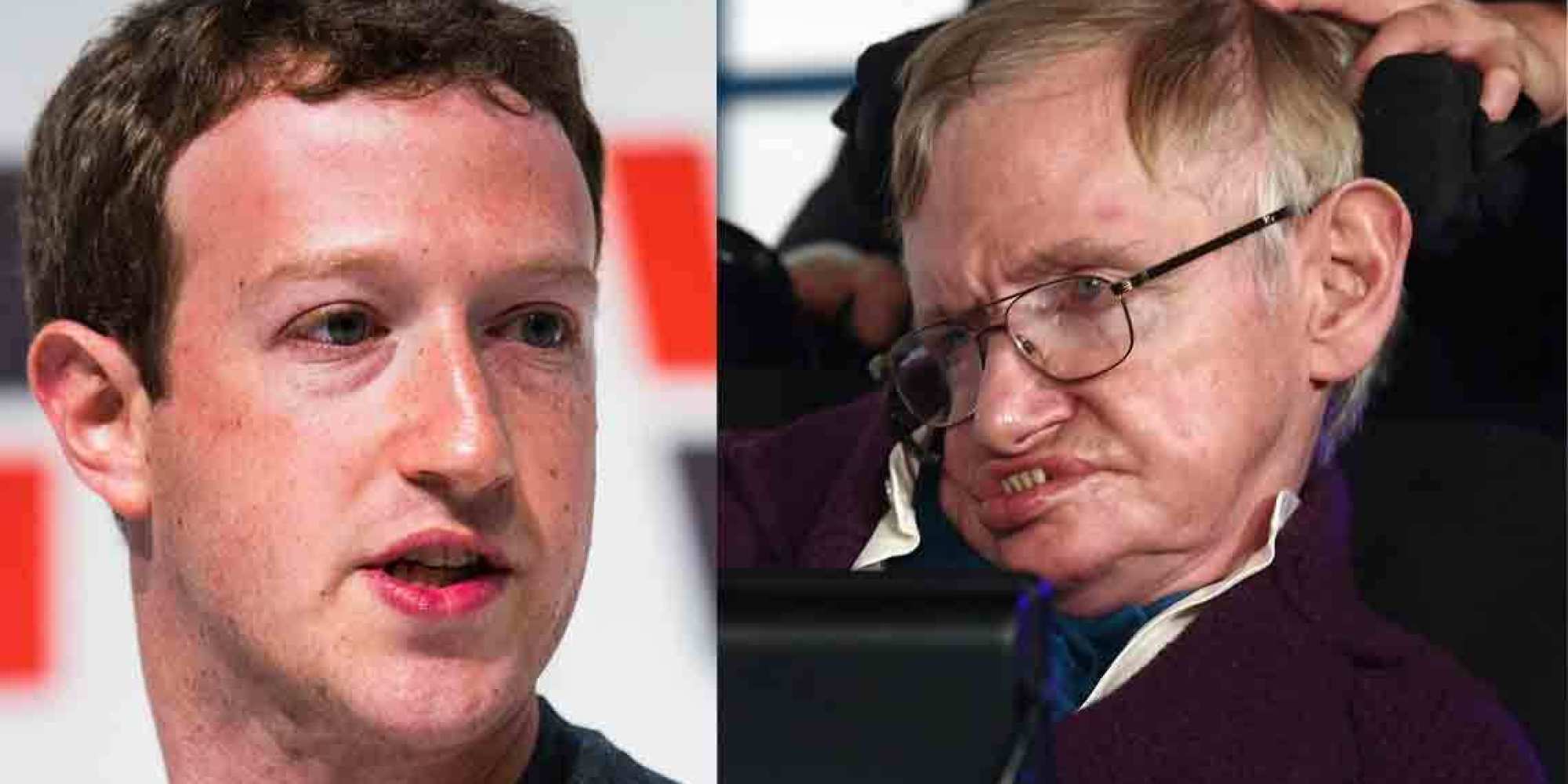
Mark Zuckerberg was on Facebook last night conducting his regular Townhall Q&As, with a few not-so-regular people including Stephen Hawking and Arnold Schwarzenegger.
Of the celebrity cast, Hawking was the only one who diverted the social media titan’s attention to science, asking him:

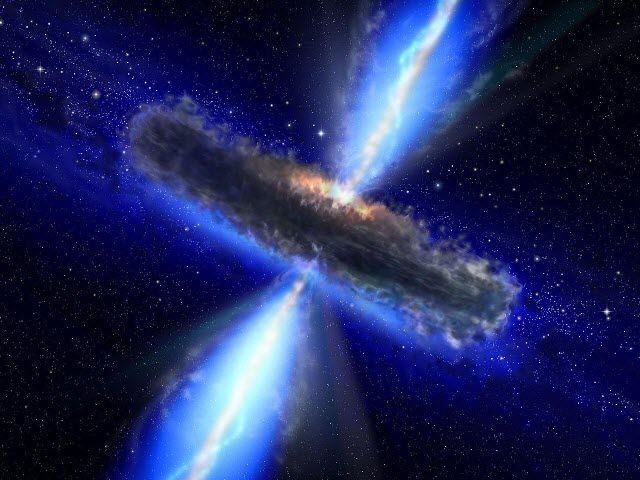
An artist’s illustration of a signs of a supermassive black hole actively feasting on its surroundings. The central black hole is hidden from direct view by a thick layer of encircling gas and dust. (credit: NASA/ESA)